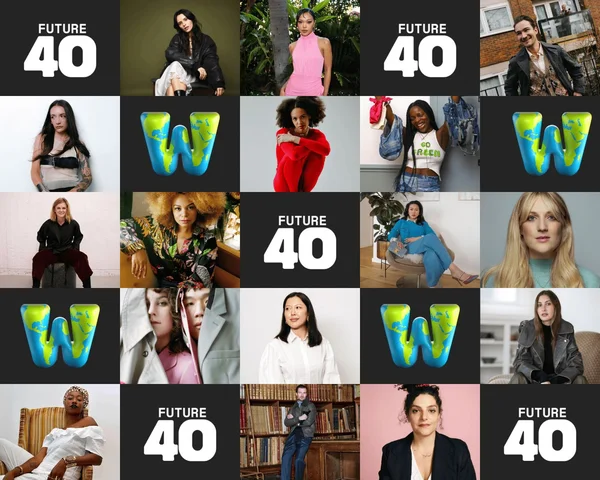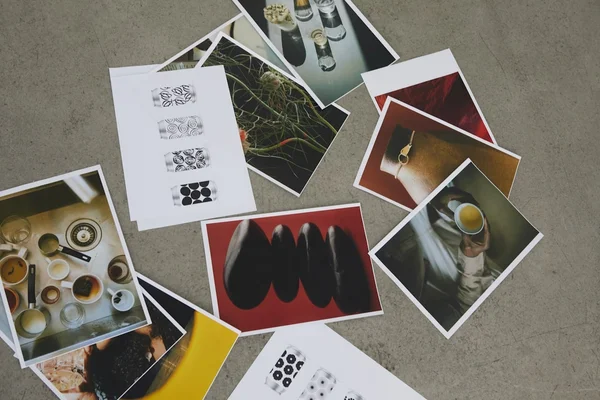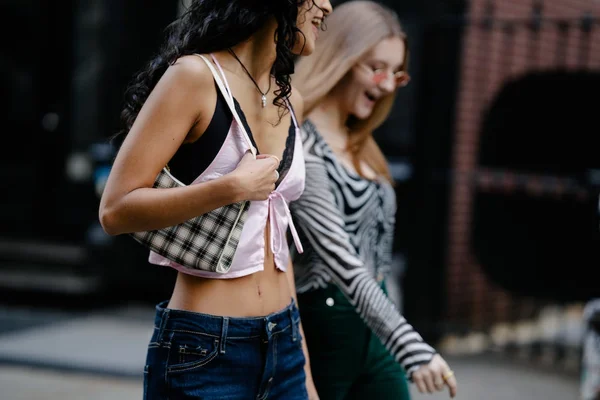What actually is sustainable fashion?
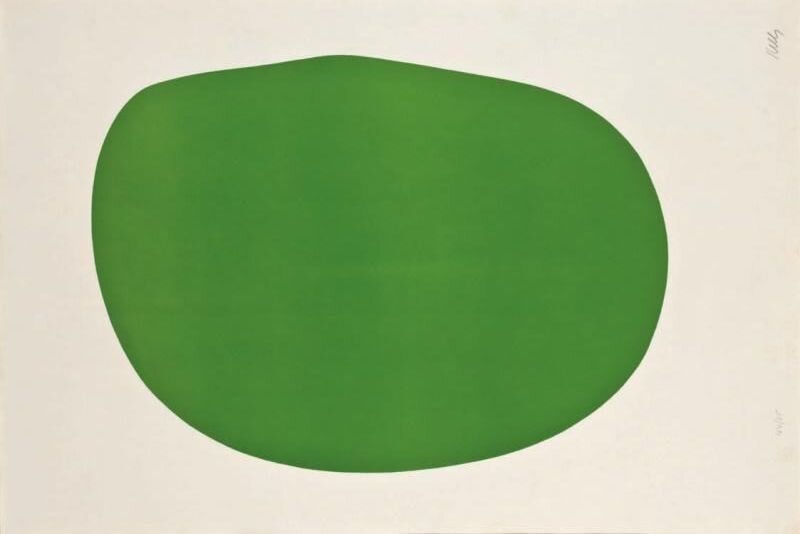
Sustainability has become a buzz word as of late- you can’t go a day without hearing it mentioned at least once (hurray, this means we’re making progress).
But, the growing awareness of the environment has popularised a new way for brands to make money. It seems as though every business is using (or should we say warping) sustainability, to progress sales.
For our recovering fast fashion addicts who might be struggling to figure out where to start when trying to identify real sustainable businesses from greenwashing- we’re here to help.
Let’s start with the basics- have you heard of the three pillars (3 P’s) of sustainability?
- PEOPLE: Are the humans and animals that interact with the business treated fairly?
- PLANET: Is the environment being harmed?
- PROFIT: Is the business operating well enough to last into the future?
FYI: this is where confusion mostly happens, and why it’s important to consider what context the term ‘sustainability’ is being used in.
It can refer to longevity of a company or product, but remember that it shouldn’t outbalance considerations for the other two pillars.
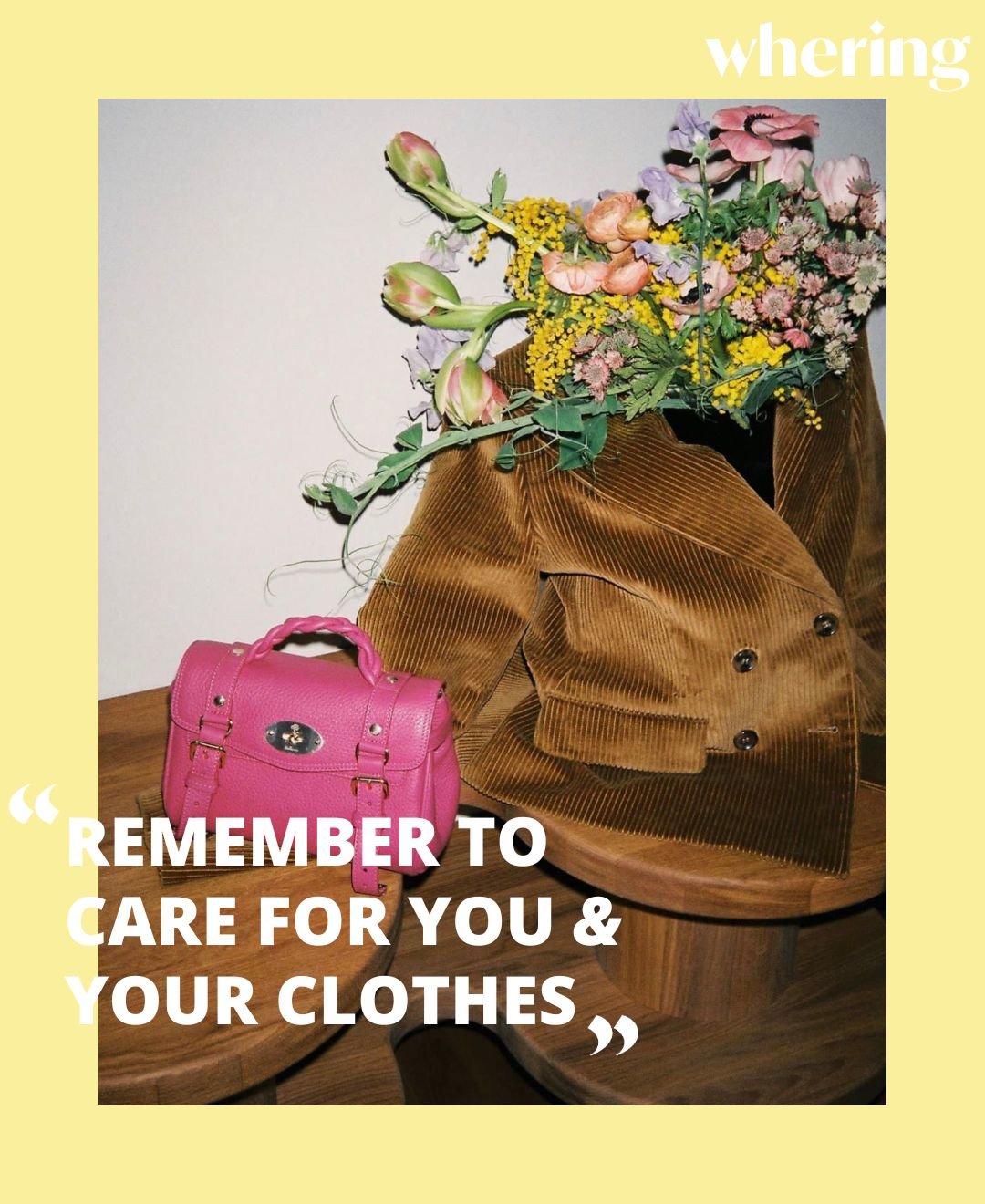
Sustainable fashion dictionary
Okay, so sustainability has three pillars. That’s all you need to know right? Roll the credits, case closed…
Nope, we’re only getting started and this is where it gets complicated.
Businesses are starting to capitalise on the opportunity for more $$$, and a bunch of other similar and confusing terms have emerged as a result of this.
Sure, it means that more corporations are taking steps towards sustainable practices, but how can we sort through the noise to determine which ones are genuinely trying to make a change?
Our eco terms dictionary can help you get to grips with things:
Eco-Friendly: This relates to ecology, with the implication that the environment is not harmed in the production or consumption process. However, remember that ‘eco-friendly’ and ‘sustainable’ aren’t interchangeable. If you buy fast fashion pieces that last you a lifetime, then your actions are sustainable, but that doesn’t mean that the product itself isn’t eco-friendly by default.
Circular economy: In short, 'circular economy' means to keeping things (clothes) in circulation. The term refers to changing our 'buy-use-dispose' model towards one that is regenerative and takes out the ‘dispose’ part.
Clean: ‘Clean’ refers to products that are made from natural, non synthetic ingredients.
Organic: products are sourced from organic agricultural standards. Organic food does not contain pesticides, and organic clothing would be made from materials (ie: cotton, silk, wool) that do not use artificial chemicals during production- this includes dyes, washing products, etc. Bodies like the DEFRA (in the UK) or USDA (in the United States) regulate the labelling of organic products.
For example, in the UK, products must contain at least 95% organic ingredients in order to be labelled as organic (did you catch that? this means the entire product might not be organic!)
Fair Trade: A product might have mostly natural ingredients, but does the company treat workers fairly and responsibly across the supply chain?
Conscious: Used to allude that consumer awareness is prioritised, and that high standards regarding health and environment were integrated into a product or service.
An important thing to remember is not just what products and pieces we buy, but how we use them as well.
Just because you bought a bunch of sustainably made clothes doesn’t mean they should be thrown away after a couple wears!
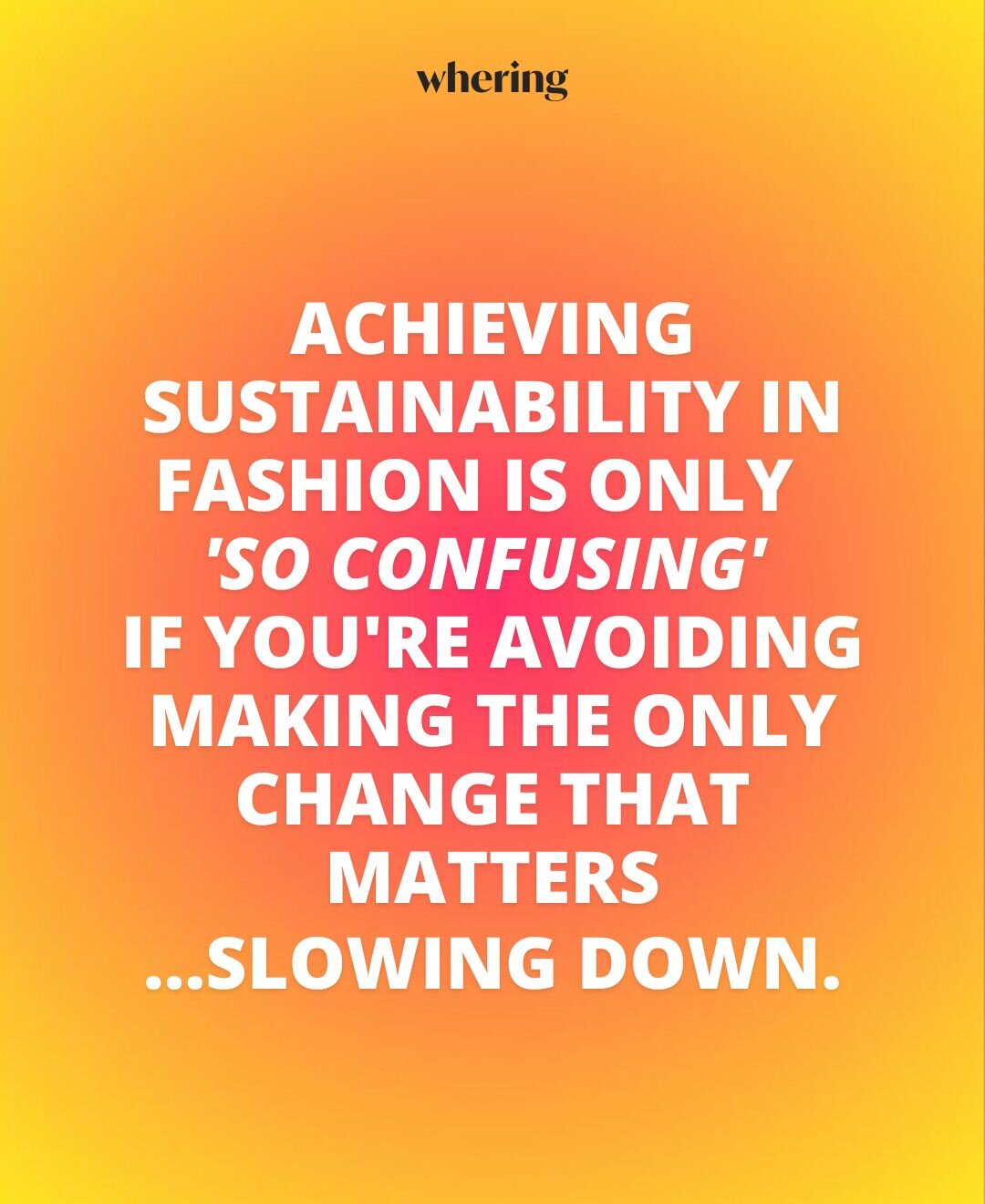
How to avoid greenwashing
Even though you’re familiar with the different terms now, it might not be easy to spot greenwashing. Organic labelling might be regulated, but labelling products as ‘eco-friendly’ or ‘clean’ is more broad and fuzzy in its meaning (how ‘clean’ is a product really??). Avoid the marketing ploys with these tips:
Follow brands, not products
Responsible, sustainable companies ensure that all their products meet the same standards, but the opposite isn’t true. If you see a big brand known for its unsustainable practices launch a ‘clean’ product, make sure to get your detective hat out before buying.
Look at the labelling, and get familiar with ingredients
Pay attention to what terminology is being used on a product, and see if it matches the materials or ingredient list. A shirt labelled as ‘conscious’ that is made up of 70% polyester and made in Thailand doesn’t really add up. Checking the company website to see how they define the term can might be worth the effort.
I spy with my little eye…certifications
As we said before, organic products are regulated and might display a ‘certified’ label. Fair Trade Certification also exists for fair trade products. If you still feel a little lost or you’re dizzy from all the information you have to consider, these certifications do some of the work for you.
Where to find information on your favourite brands
If you’re feeling extra curious and want to explore what brands are really sustainable, here are a few services to help you out:
Chrome extension that recommends ethical, sustainable brands as you shop.
A website and app that rates fashion brands based on sustainability and ethical metrics.
A website that allows you to search all companies that are B Crop certified, as well as their scores for different impact measures.
Hopefully our guide will help you kickstart your slow fashion journey. Follow us on Instagram and Twitter @Whering__ for more content to help you along the way.
Something on your mind?
Share your thoughts with Whering community.
If you have an idea for an article around fashion, culture, environment, news, wellness, shopping or DIY, submit a pitch to us!
